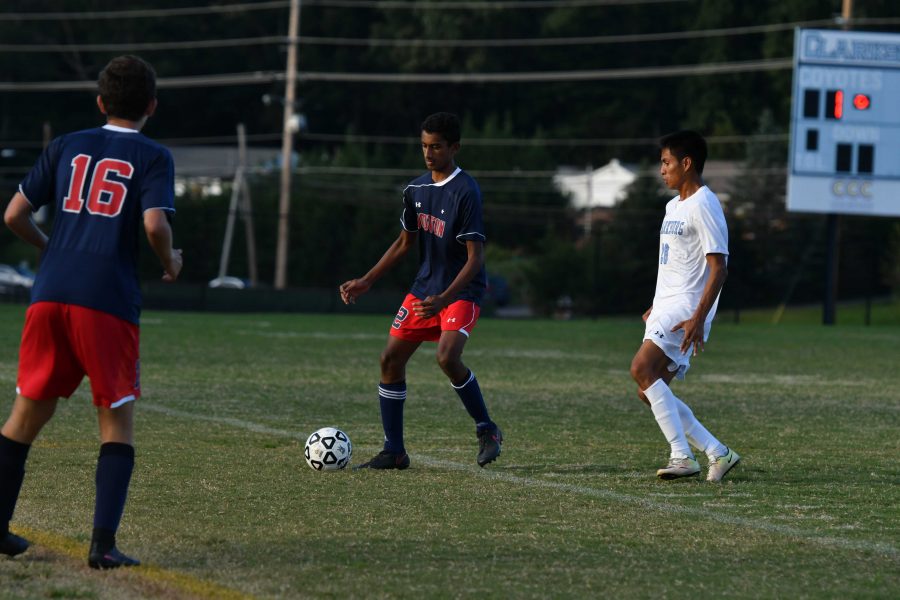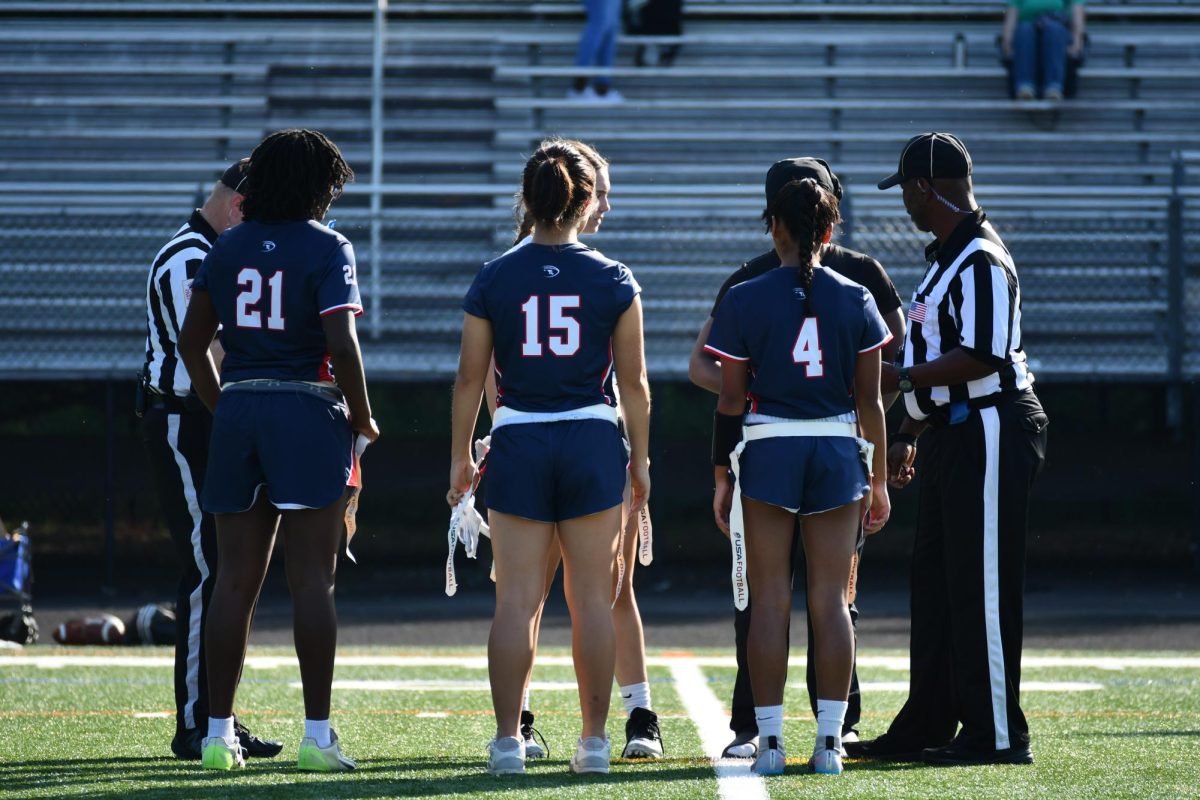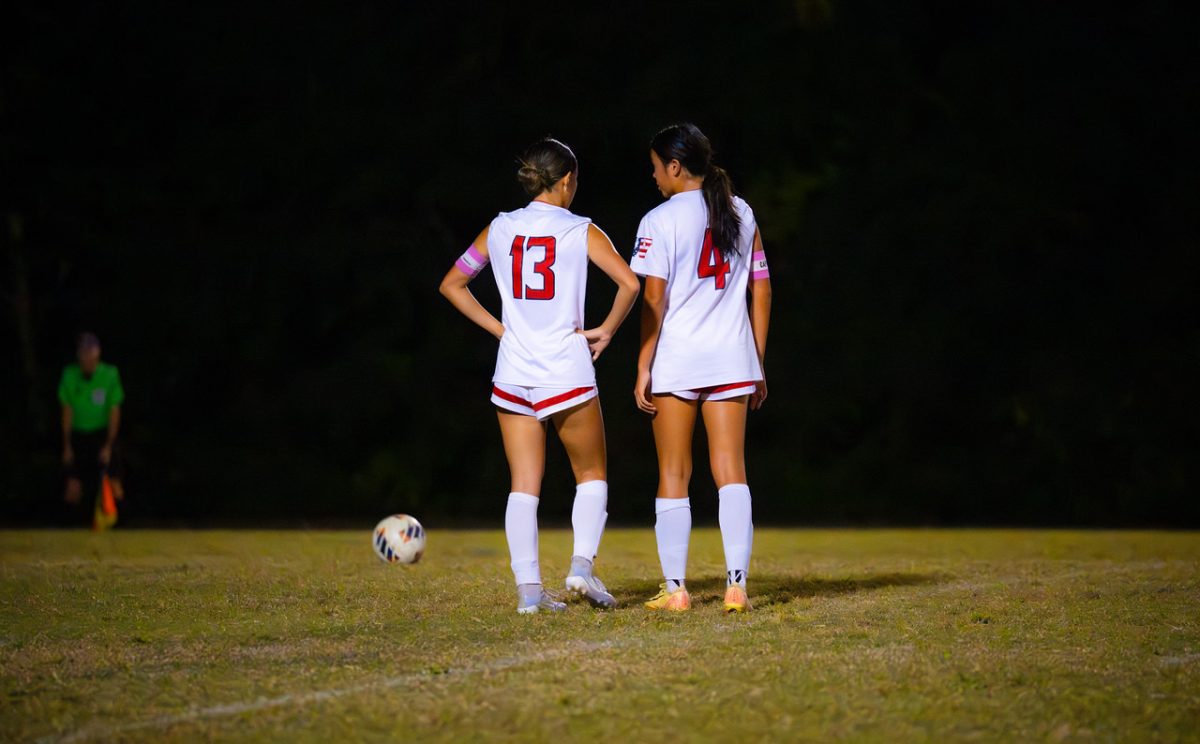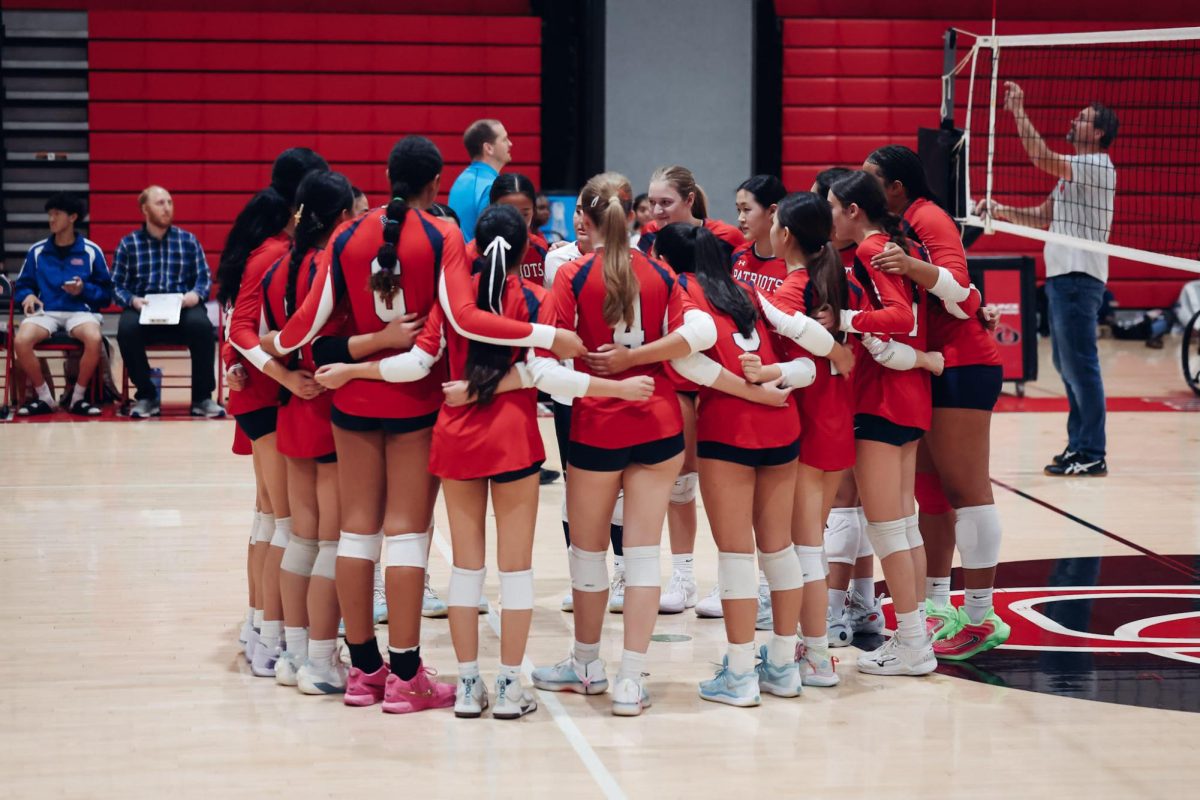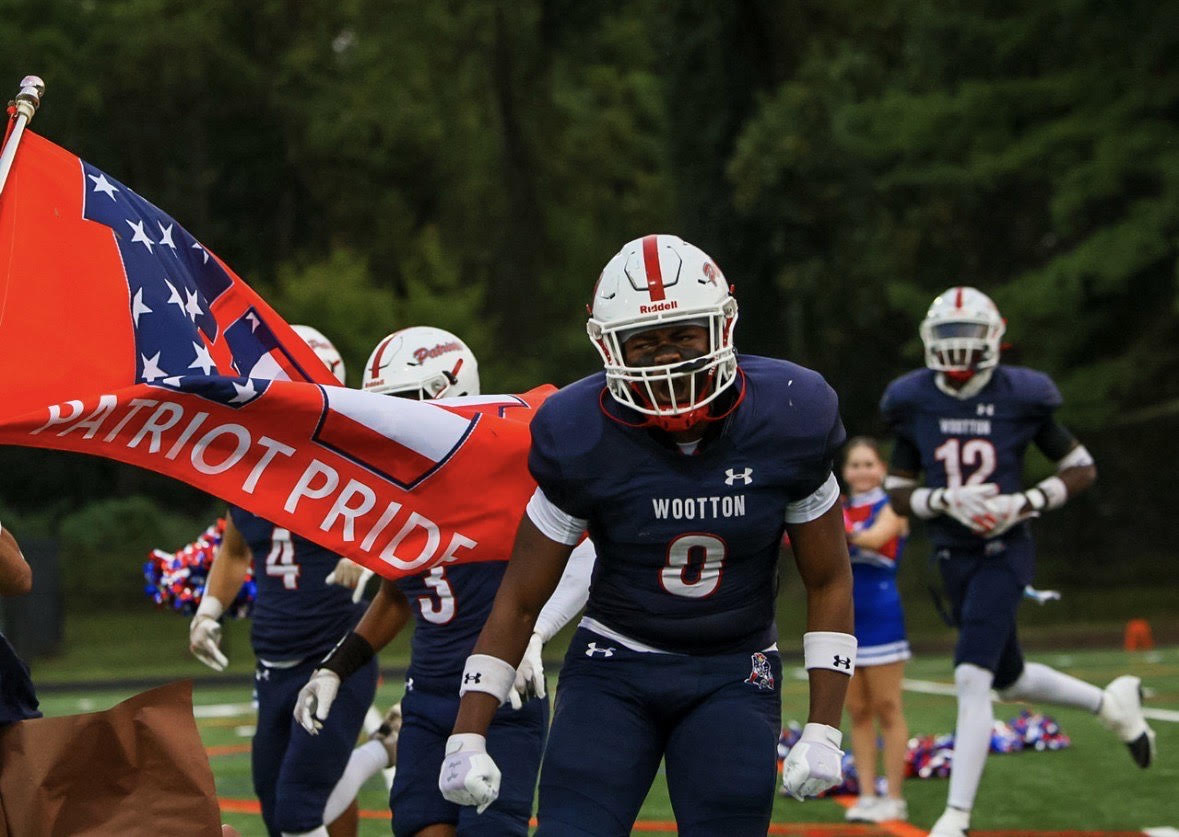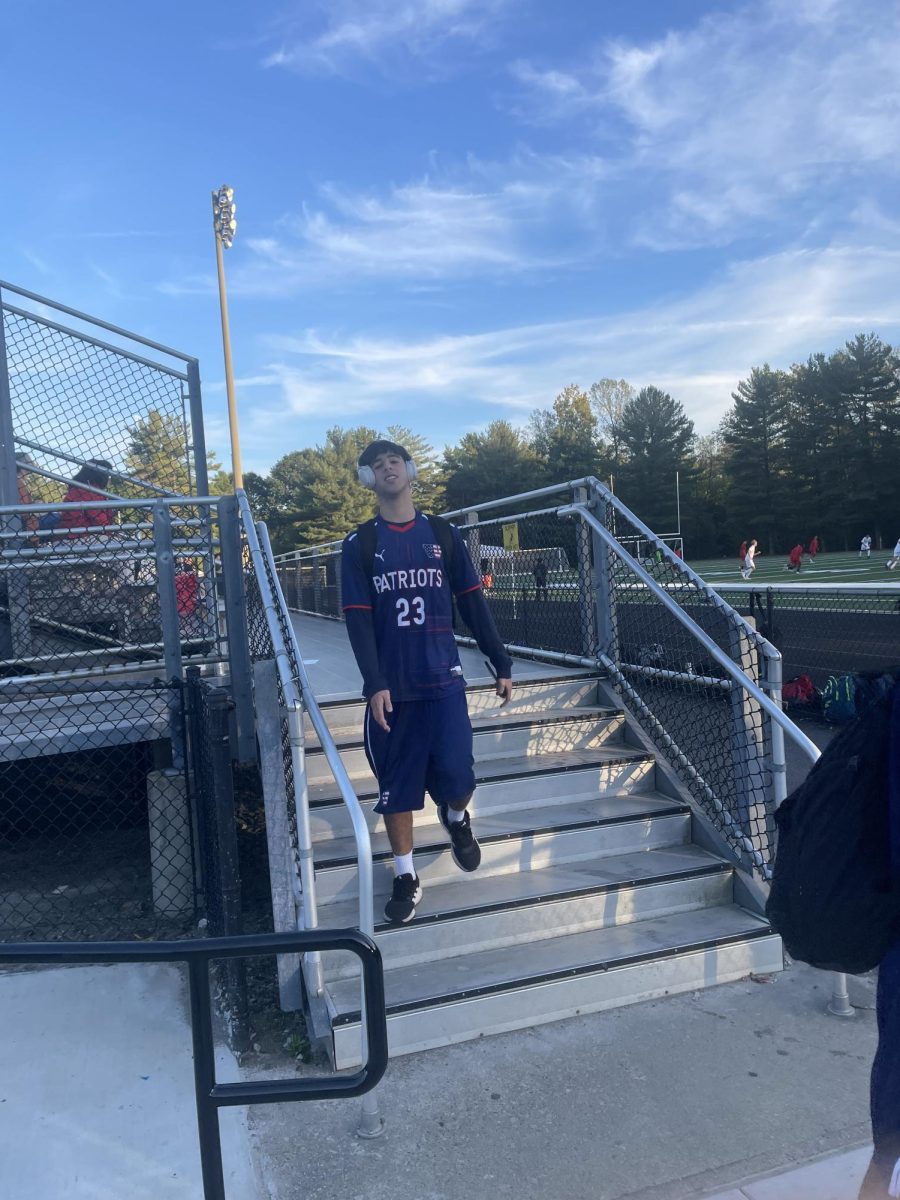Prior to the start of the wrestling season, the football roster of the Damascus Swarmin’ Hornets, a school that was the 3A state champion and beat the Patriots 47-9 along the way, was posted in the boys’ locker room. Each of the players on the football roster who also competed on the school’s wrestling team were highlighted, resulting in a paper lit up in neon green. Directly next to the Damascus roster was the Patriot roster, which had barely any marks at all. The difference was astounding and made its point clear- multi-sport athletes can be crucial in molding a championship-worthy team.
This apparent advantage of playing multiple sports is only the tip of the iceberg. Specializing in one sport may seem like the optimal path to athletic success, but for the overwhelming majority of our school’s athletes, a multi-sport approach is beyond simply beneficial. It should be a no-brainer.
Elite high school athletes are the ones who stay in top shape year-round. While a couple varsity teams choose to work out in the gym or run laps on the track for offseason conditioning, training for a different sport can be just as or even more beneficial. Athletes in ball sports can improve conditioning and speed through sports such as track or swimming, or develop strength by trying their hand at wrestling or throwing events in track and field. Playing different sports also prevents the body from overworking a muscle group that may be emphasized in one sport. Plus, athletes on fall sports teams have enough time to prepare for and focus on their sport over summer break.
Coaches agree. “I always tell my students to play as many sports as they can,” wrestling coach Daniel Pecoraro said. “Multi-seasonal athletes tend to remain in shape and a lot of times their motor skills are more finely tuned.’
From the team perspective, more multi-sport athletes translates to more athletic talent available, which means better teams. Let’s go back to the football team. As some of the strongest, fastest and all-around best athletes walking on school grounds, football players have the talent to make a huge impact on the school’s other teams, from wrestling to lacrosse to track and field. Or look at our soccer players, who thrive on the track, or the field hockey stars who are equally adept when handed a lacrosse stick. Our athletes have a lot to add, and the teams have a lot to gain.
Most importantly, playing multiple sports provides diverse and enjoyable experiences that can’t be matched by offseason conditioning practices. After all, high school is about meeting new people and trying new things, and athletics is the perfect arena for both. And no matter the sport, hitting the field or court with a Patriot jersey and competing for this school is an adrenaline-pumping, pride-inducing and memorable experience that only happens in high school. Another plus is that burning out is rarer among multi-sport athletes and pressure is usually lower.
It would be blind to assume that this model works for all athletes. Elite athletes in conditioning-based sports such as swimming can’t afford to take weeks off their training and Division I commits might be pressed to specialize in one sport to be able to succeed in the next level. For some athletes, the time commitment needed to play a varsity sport is just too demanding. But outside of those one percent of athletes, the benefits of suiting up for another sport are too advantageous to ignore.
With a school as chock full of athletic talent as ours, it is tantalizing to imagine how great our teams could be if all of our best athletes spread their athleticism across multiple sports. Our teams would be better, our athletes would be stronger, and the high school experience would be even more awesome. And Churchill, Whitman and B-CC just might be left eating our dust.
John Riker
Online Editor


